What's a penny worth these days? Not much. But could there be some free energy hidden inside your spare pennies? You'd be surprised! See how I hack together stacks of pennies into makeshift batteries that can drive small-current devices like LEDs and calculators.
You'll want pennies that are newer than 1982, because they're nearly 98% zinc. Once you've picked out 10 pennies that will work, use 100-grit sandpaper and start sanding one side of the penny.
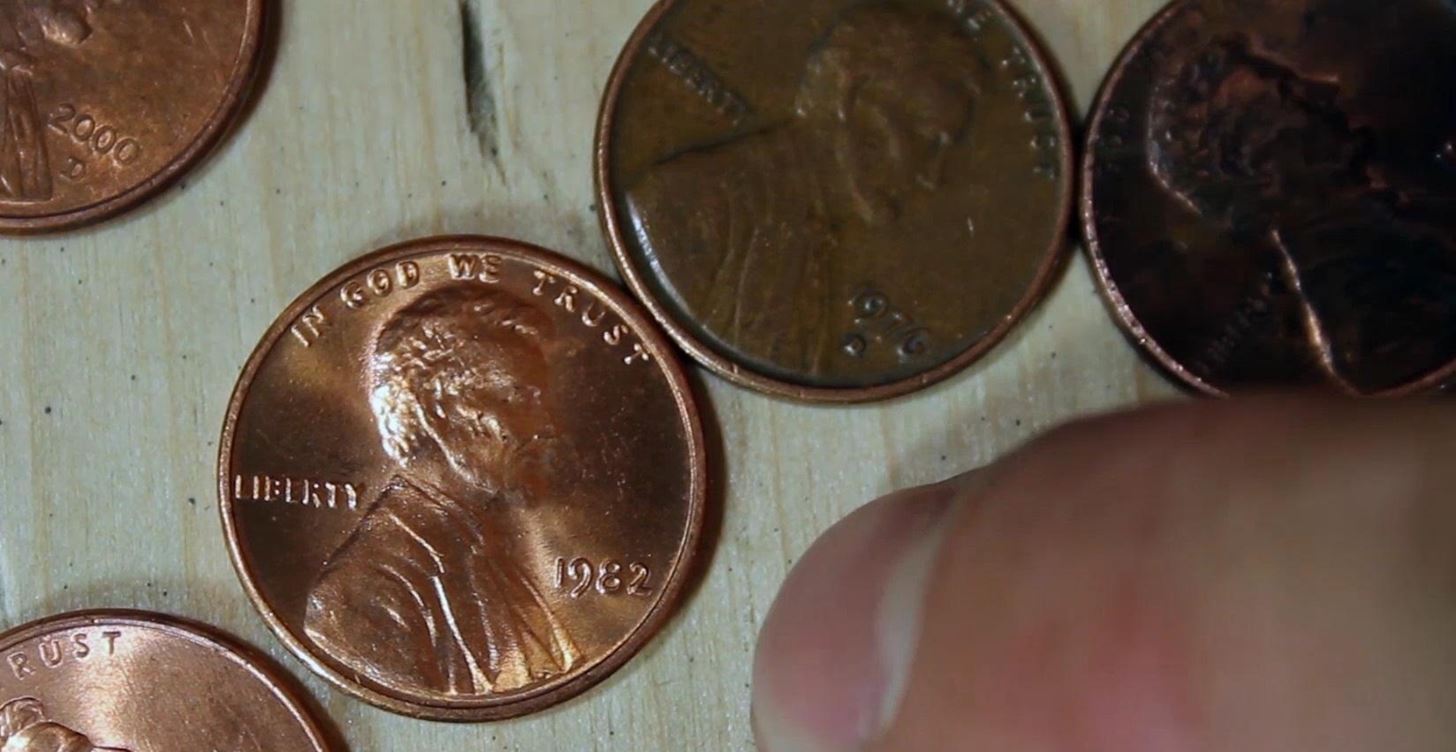

Start your battery cell by placing one of the coins with the copper side down on a piece of aluminum foil. Then soak a piece of cardboard in vinegar, blot dry it, and place it on top of the penny. Repeat this process until all 10 pennies are stacked up.

Now that the cells are connected in series, the electrical potential has jumped to nearly 6 volts! Wow. This should be more than enough voltage to drive an LED… or TWO?!?

Awesome, right? Now let's try another idea. I picked up a calculator from the dollar store and removed the screws on the back so I could get to the battery. Once that was removed, I pulled the negative and positive leads out of the casing. But then I needed another penny battery. This time, I didn't feel like sanding pennies, so I added some zinc washers that I got from the hardware store for about 3 cents each.


The calculator needed around 1.5 volts, so I used 3 pennies, 3 washers, and 3 pieces of vinegar-soaked cardboard. This time, I rounded the cardboard edges so they wouldn't cause a problem. I stacked them with a washer on the bottom, cardboard in the middle, and penny on top. That was one cell, but I needed 3, so I stacked up 2 more cells. The penny on top is the positive side and the zinc washer on the bottom is the negative.

I got just over 2 volts and 700 microamps, so I added wires to the terminals and used some electrical tape to hold it together.

Time to test it out on the calculator. I pressed the "on" button and it's incredible—the calculator fired right up!

I tested out a few functions and everything calculated correctly.


A penny powered calculator?!? I really am impressed at how well this worked out... and I'm still waiting patiently for this little green light to die out.

Well, there's an energy idea that's worth a few cents.
Haven't see the video yet? You can still see it here!
If you like this project perhaps you'll like some of my others. Check them out at www.thekingofrandom.com
Just updated your iPhone? You'll find new emoji, enhanced security, podcast transcripts, Apple Cash virtual numbers, and other useful features. There are even new additions hidden within Safari. Find out what's new and changed on your iPhone with the iOS 17.4 update.
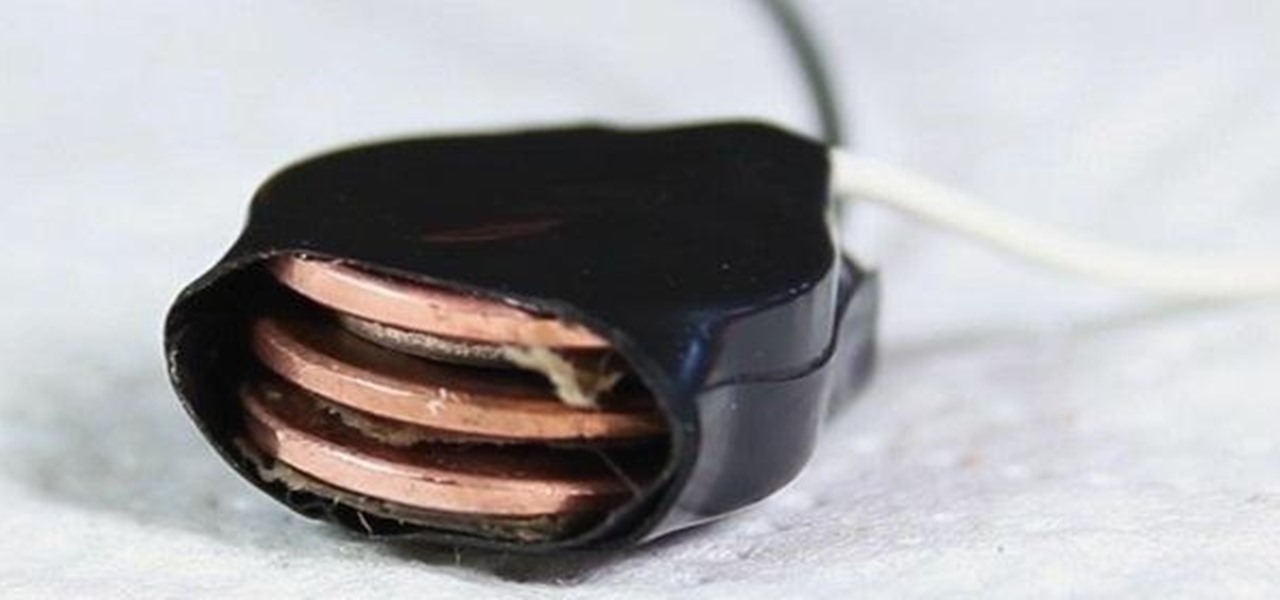


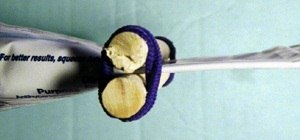




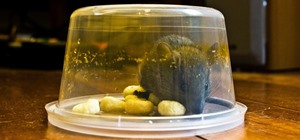

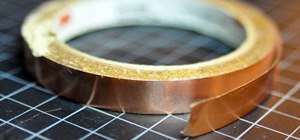
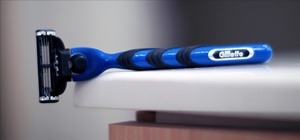
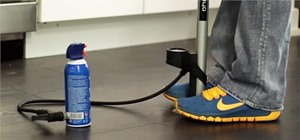


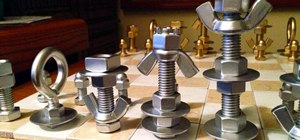



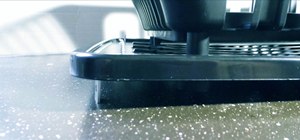
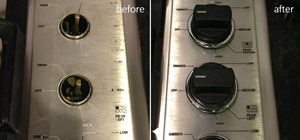
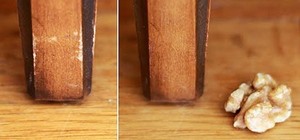
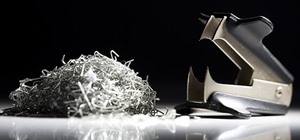
3 Comments
what's the help of vinegar in this project? please explain. thanks
Vinegar is acidic, acids are necessary for wet voltaic cells.
"An acid is something that has an easily detached hydrogen ion. Hydrogen ions are positive, and the remaining part of the acid becomes negative when it loses the hydrogen ion."
http://sci-toys.com/scitoys/scitoys/echem/batteries/batteries.html
nice
Share Your Thoughts